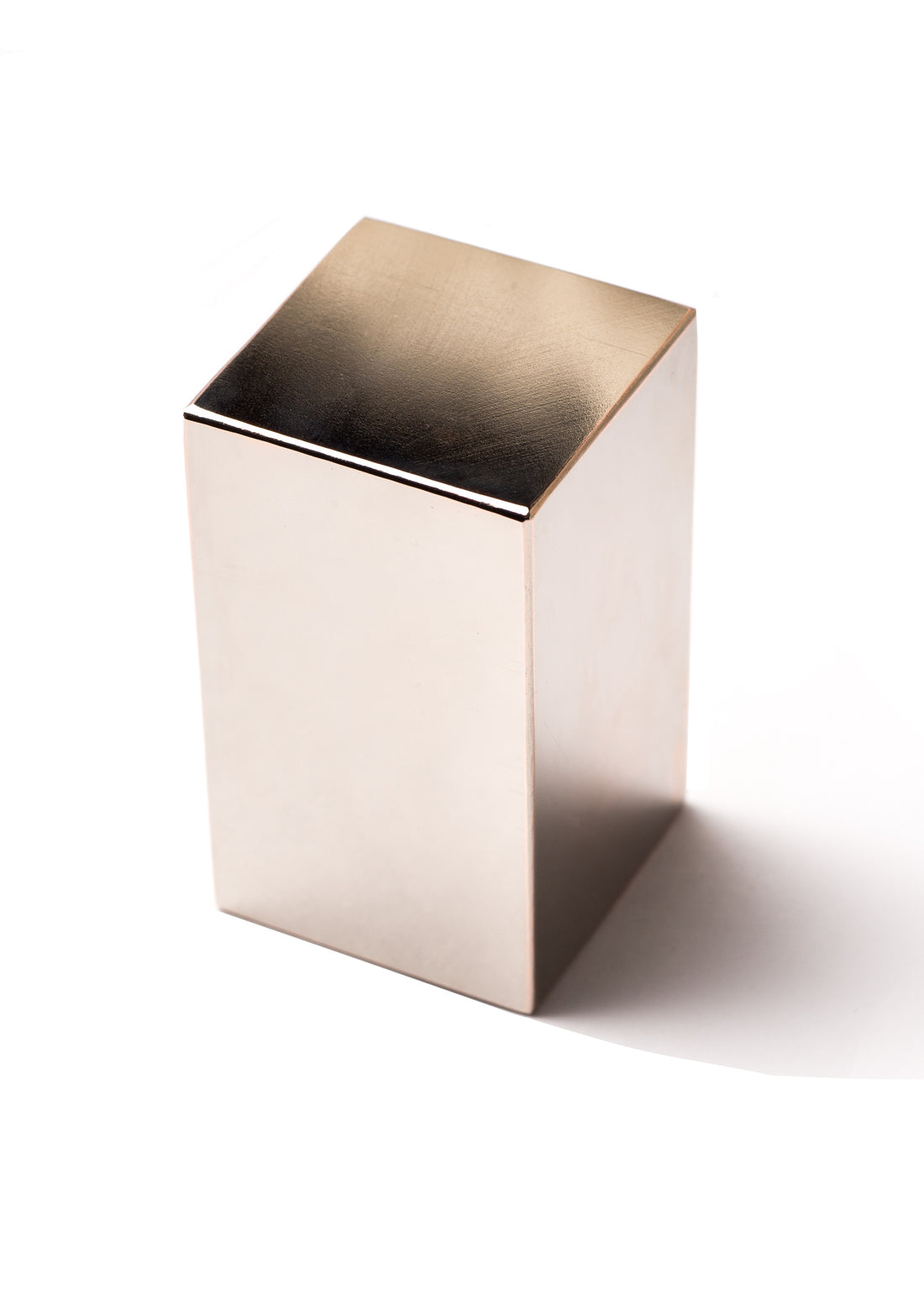Neodymium magnets are remarkable permanent magnets known for their high magnetic intensity and the ability to generate powerful magnetic fields. However, not widely known is their potential use in the realm of medicine. In this article, we will explore the diverse ways in which neodymium magnets can be applied to treat various medical conditions and also discuss the range of ailments that can potentially benefit from magnet therapy.
Application of Neodymium Magnets in Medicine
Magnet Therapy: Fundamentals and Mechanism of Action
Magnet therapy, also known as magnetotherapy, is a treatment method that employs magnetic fields to improve health and alleviate symptoms of various medical conditions. The core of this therapy lies in the impact of magnetic fields on the human body. Magnetotherapy using neodymium magnets is based on their capability to create high-intensity magnetic fields.
Application of Neodymium Magnets in Pain and Inflammation Management
One of the most prevalent applications of neodymium magnets is the relief of pain and inflammation. The magnetic field produced by neodymium magnets promotes vasodilation, enhancing blood flow and increasing the delivery of oxygen and nutrients to the affected area. This can reduce pain sensations and mitigate inflammatory processes in conditions such as arthritis, osteochondrosis, and sports injuries.
Utilization of Neodymium Magnets in Post-Traumatic and Post-Operative Rehabilitation
Neodymium magnets can also play a role in the rehabilitation process following injuries and surgical procedures. Their magnetic field helps enhance blood circulation in the affected area, leading to faster tissue healing. This can assist patients in regaining functionality and reducing the risk of complications.
Neodymium Magnets in Cosmetology
Neodymium magnets have also found applications in cosmetology. Their use can improve skin quality and reduce signs of aging. The magnetic field helps enhance skin blood circulation, stimulating metabolic processes and aiding in the elimination of toxins. This can lead to reduced wrinkles, improved skin color, and texture.
Application of Neodymium Magnets in Neurology
In neurology, magnetotherapy with neodymium magnets can be employed to treat certain neurological disorders such as migraines and neuralgia. Magnetic fields can modulate nerve signals and decrease pain sensitivity, potentially reducing the frequency and intensity of painful episodes.
Other Medical Applications of Neodymium Magnets
In addition to the aforementioned areas, neodymium magnets may offer benefits in the treatment and symptom management of various other medical conditions and states, including:
Fibromyalgia: Magnetotherapy may help reduce pain and enhance the quality of life for individuals with fibromyalgia.
Circulatory Disorders: Magnets can aid in improving blood circulation and reducing edema in patients with circulatory problems such as chronic venous insufficiency.
Insomnia: Magnetotherapy may assist individuals with insomnia in improving sleep quality and reducing stress.
Gastrointestinal Disorders: Magnets may alleviate symptoms of gastrointestinal disorders, including irritable bowel syndrome.
Precautions and Contraindications
Despite the potential benefits, the application of neodymium magnets in medicine should be approached with caution and under the supervision of qualified medical professionals. Unregulated magnet use can lead to unwanted side effects, such as skin irritation or exacerbation of symptoms in specific cases.
Conclusion
Neodymium magnets offer intriguing possibilities for application in medicine and magnetotherapy. Further research and clinical studies may refine the effectiveness and safety of this treatment method, unlocking new opportunities for its application in the field of medicine. Magnetotherapy with neodymium magnets has the potential to become a significant component of modern medicine and an additional means of enhancing the quality of life for many patients.
